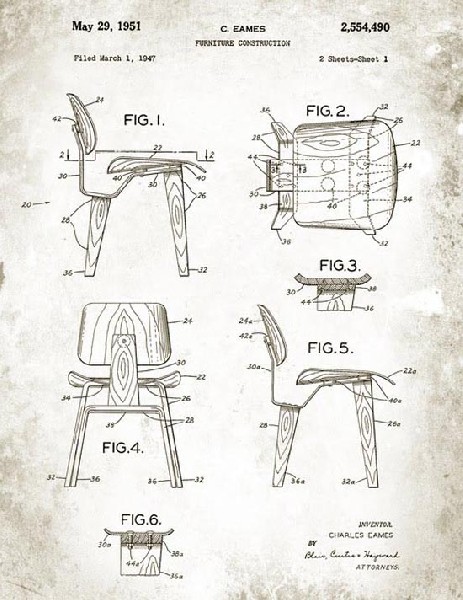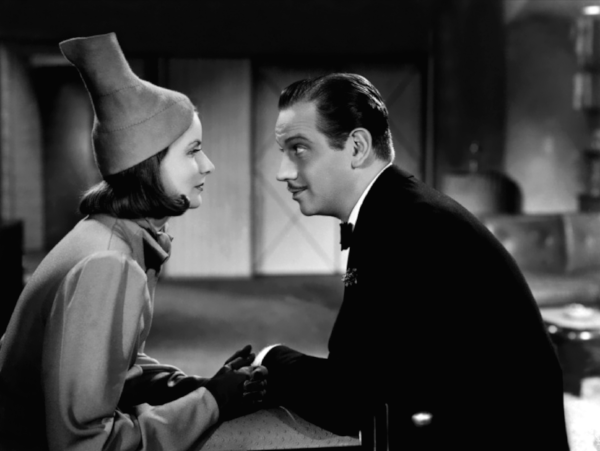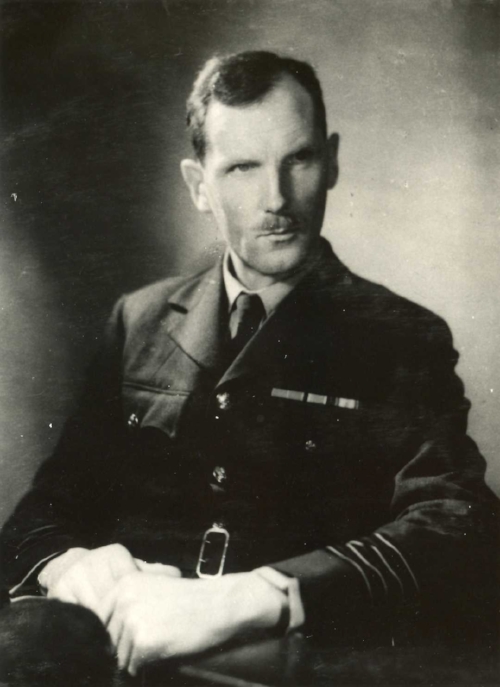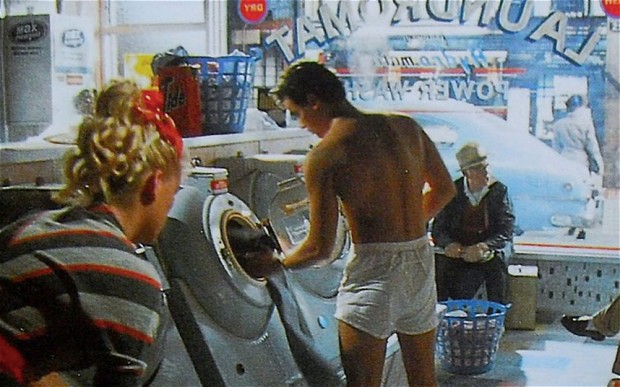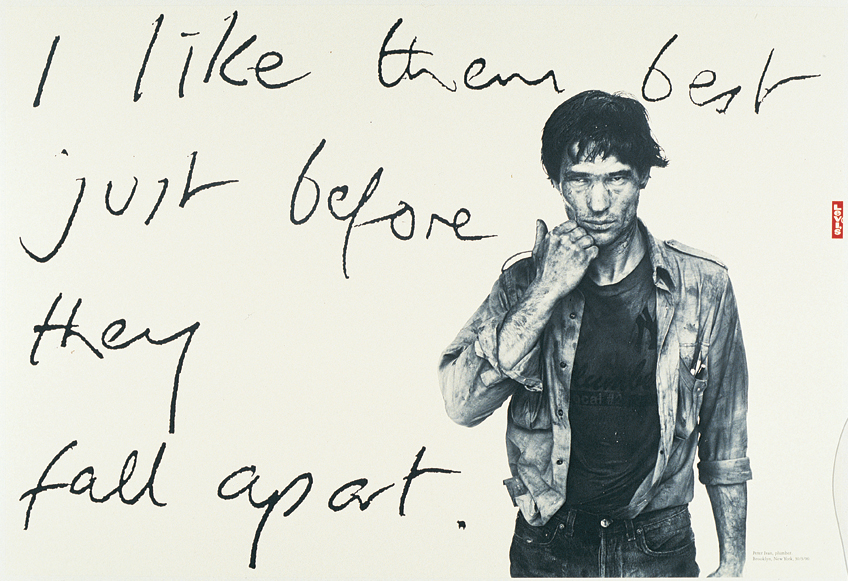‘My Bonnie Lies Over the Ocean’: Learning to Deal with Departures
Velazquez, 'An Old Woman Cooking Eggs'
Granny Turley lived alone in a terraced house on Northdown Road, just up from Hornchurch Bus Garage. Granny was a short, hazel-eyed Irish woman with a big heart and a joyous laugh. Smartly turned out in tweed woollen skirt and cotton blouse, her grey hair in a neat bun, she would serve Martin and me ham, egg and chips on a red gingham tablecloth, and supply us with endless cups of sweet tea in china cups. On the living room wall hung a black and white photo of Granny’s large family - including Mum - sitting around that same table; and a rather spooky painting, illuminated by an electric candle, of Jesus exposing his Sacred Heart to the world.
As young children Martin and I would stay with Granny Turley for a few days. We would pass our time playing under the damson tree in the back garden or hammering away tunelessly at the upright piano in the front room. When it was time to leave, Granny would reach into the secret stash of money she kept under a mat, and send us off with a few shillings in our pockets and a sprinkle of holy water from the small font by the front door.
We tend to assume that our elderly relatives have far less eventful lives than our own. But, like so many of her generation, Granny Turley had a story to tell.
Born in 1902 in Dromore, County Down, Sarah Dempster worked as a seamstress, and at the age of 26 she travelled to America on the SS Antonia to join her sweetheart, James Turley. He had made the crossing a few years earlier and got himself a job as a fitter in the coke ovens at Ford’s River Rouge plant in Michigan. They married on the Canadian border, set up home in Michigan and started a family. Subsequently they found themselves crossing the Atlantic again. James took a job at Ford’s in Dagenham and they settled with their young family in Hornchurch. Just in time for the Second World War.
When I was a kid Northdown Road still had traces of the Turleys’ sojourn in the States: Grandad’s banjo sat in a case upstairs; Granny occasionally used an American word - ‘diaper’, for instance; and there was a joint portrait of JFK and the Holy Father above the fireplace.
For some reason I particularly recall Granny bathing me in the big Belfast sink in the kitchen. I was young enough for this to be physically possible and old enough to think it was not entirely normal. As she scrubbed vigorously away at me, she would sing the same refrain, over and over again.
'My Bonnie lies over the ocean,
My Bonnie lies over the sea.
My Bonnie lies over the ocean.
Oh bring back my Bonnie to me.'
I’m not sure why she sang this exactly. It’s a traditional Scottish folk song, and Bonnie is thought to refer to the Jacobite hero Bonnie Prince Charlie. I wonder whether she’d crooned it in Ireland to console herself before joining her sweetheart in the States. Or was it something she’d picked up from the wireless when she was over there? I’ll never know.
In any case, through repetition and its association with a golden time, ‘My Bonnie Lies Over the Ocean’ stuck with me. I guess it was an early introduction to the melancholy themes of distance, loss, longing and regret - themes that play out in all our lives as we grow older.
'Bring back, bring back,
Oh bring back my Bonnie to me, to me.
Bring back, bring back,
Oh bring back my Bonnie to me. '
Of course, for the most part we associate loss and separation with our personal lives. But they can haunt our work lives too.
Many’s the time I sat in my office listening to a young person I admired relate their countless disappointments with the Agency and the numerous attractions of their next employer. It could be frustrating and depressing. And it was hard not to take it personally.
Our best talent frequently deserts us for bigger jobs, better opportunities, sunnier climes. Our leaders take off to pursue fresh challenges. We can be left high and dry, isolated, rudderless. We hasten to find replacements while at the same time reminiscing about the good times, wondering what we could have done to keep the team together. We are beset by regrets.
I have learned two things.
Firstly, good people are so precious we should do everything we can to keep them as long as possible. Too often complacency, false economies, short-termism and an infatuation with the new lead us to undervalue our best employees. Sometimes we are responsible for our own losses. We should invest as much time retaining talent as recruiting it.
Secondly, we should recognise that we all have to leave some time. It’s a question of when, not if. And what’s more, we all swim in the same pond, and grudges and grievances can taint future relationships and opportunities. So don’t make departures tortuous and unpleasant, painful and personal. We should always separate gracefully.
Granny Turley passed away when I was still young. I never got to ask her to fill in the gaps in her story; to relate her own adventures on the other side of the world; to explain the special resonance of that tune. And I’m not sure what happened to the Sacred Heart painting, the Turley family photo and the image of JFK with the Pope. All that was left was an absence of love.
'Grandma's hands
Clapped in church on Sunday morning.
Grandma's hands
Played a tambourine so well.
Grandma's hands
Used to issue out a warning.
She'd say, "Billy don't you run so fast.
Might fall on a piece of glass"
"Might be snakes there in that grass."
Grandma's hands.’
Bill Withers, 'Grandma’s Hands'
No. 209



